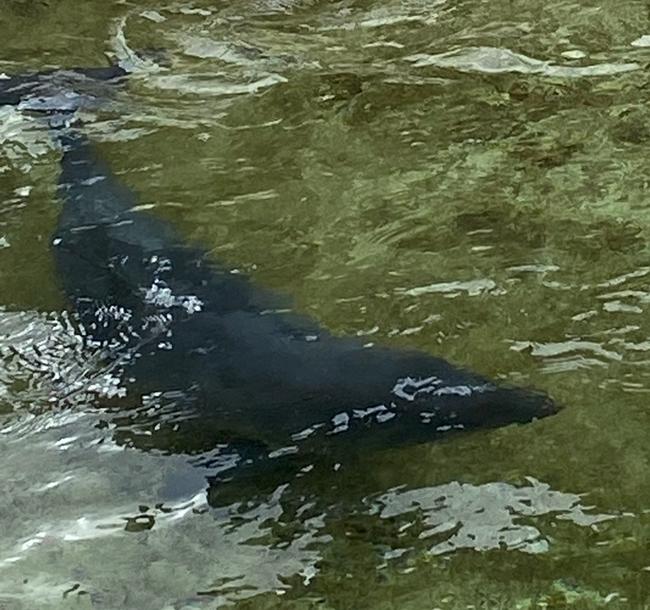Green Algae (Cladophora spp.)
Green Algae (Cladophora spp.) – Groenwieren
Taxonomy Green Algae, scientifically known as Cladophora spp., belong to the division Chlorophyta. They are filamentous algae found in freshwater, brackish, and marine environments.
Distribution These algae thrive worldwide, from cold Arctic waters to tropical coastlines. They are most commonly seen in nutrient-rich areas, such as coastal waters, rivers, and lakes.
Appearance Green Algae form dense mats of thread-like filaments. Their vibrant green color comes from chlorophyll, which they use to photosynthesize and produce energy.
Ecological Role
- Habitat: Green Algae provide shelter for small aquatic animals, including fish larvae and invertebrates.
- Oxygen Production: Through photosynthesis, they contribute oxygen to aquatic ecosystems.
- Nutrient Cycling: They absorb nutrients like nitrogen and phosphorus, helping to balance ecosystems.
- Challenges While beneficial in moderation, Green Algae can overgrow under certain conditions, leading to harmful algal blooms (HABs). These blooms are often caused by nutrient pollution from agricultural runoff or untreated wastewater. HABs deplete oxygen in water and block sunlight, disrupting aquatic life.
Adaptability Cladophora species are highly adaptable. They can tolerate varying salinity levels, water temperatures, and light conditions. This resilience allows them to thrive in many environments, but it also makes them challenging to control when overgrowth occurs.
Why Does Green Algae Matter?
They are not just “seaweed.” They play a vital role in aquatic ecosystems. They are food for herbivorous fish and other marine creatures. Additionally, their presence indicates the health of an aquatic environment. In some cultures, species of Cladophora are even harvested for food and fertilizer.
However, unchecked growth can signal environmental imbalances. Algal blooms harm marine biodiversity and disrupt human activities like fishing and diving.
What Can Be Done?
Protecting water quality is key to managing. Reducing nutrient pollution from agriculture and industry helps prevent overgrowth. Supporting conservation programs and learning about the balance of aquatic ecosystems also makes a difference.
Conclusion
Green Algae (Cladophora spp.) are essential to aquatic ecosystems. While they provide oxygen, shelter, and food, they can also cause problems if unchecked. By understanding and protecting these algae, we can maintain the health of our waters for future generations.







